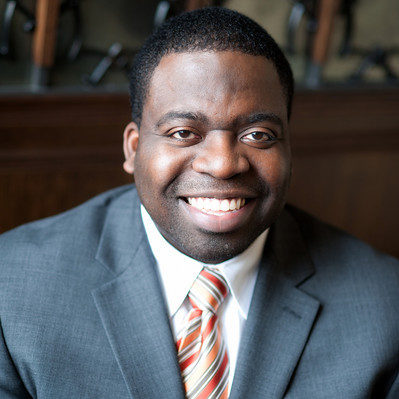Is it just me that thinks when someone says: It’s safe to do A because B has never happened.
B is about to happen because if A has never happened, there is a first time for everything? Well, Never and it’s friends Nobody and No one show up in the FDIC’s Suze Orman and Julie Stav (en Espanol) powered series of PSA’s telling people to stop pulling money out of their local bank. FDIC chair Sheila Bair shows up in the spots, on short break between dealing with the most FDIC insured financial institution failures in a year since the S&L crisis of 1989, to tell us everything will be fine because the banks pay insurance premiums to keep the FDIC solvent. Except when they don’t.
The new premiums were proposed by the FDIC in late September and opened to public comment. They come atop a special emergency fee that took effect at midyear, estimated to have brought in about $5.6 billion.
The deposit insurance fund stood at $10.4 billion at the end of June – already its lowest point since 1992 – and since has fallen into deficit. That hasn’t occurred since the savings-and-loan crisis of the late 1980s and early 1990s.
Still, depositors’; money is guaranteed – up to $250,000 per account – by the FDIC.
via Banks to prepay $45 billion to insurance fund – Washington Times.
That’s right, a shortfall. How could this happen? Short Answer: 95% of banks didn’t pay any premiums to the FDIC for a decade.
WASHINGTON – The federal agency that insures bank deposits, which is asking for emergency powers to borrow up to $500 billion to take over failed banks, is facing a potential major shortfall in part because it collected no insurance premiums from most banks from 1996 to 2006.
The Federal Deposit Insurance Corporation, which insures deposits up to $250,000, tried for years to get congressional authority to collect the premiums in case of a looming crisis. But Congress believed that the fund was so well-capitalized – and that bank failures were so infrequent – that there was no need to collect the premiums for a decade, according to banking officials and analysts.
[…] Last week, FDIC chairwoman Sheila Bair wrote to Senate Banking Committee chairman Christopher Dodd, a Connecticut Democrat, that her agency could need more money because the existing fund “provides a thin margin of error” given the government’s responsibility “to cover unforeseen losses.” The March 5 letter, provided to the Globe, said the additional borrowing authority is necessary to “leave no doubt” that the FDIC can “fulfill the government’s commitment to protect insured depositors against loss.”Bair said yesterday that the agency’s failure to collect premiums from most banks “was surprising to me and of concern.” As a Treasury Department official in 2001, she said, she testified on Capitol Hill about the need to impose the fees, but nothing happened. Congress did not grant the authority for the fees until 2006, just weeks before Bair took over the FDIC. She then used that authority to impose the fees over the objections of some within the banking industry.
[…]But James Chessen, chief economist of the American Bankers Association, said that it made sense at the time to stop collecting most premiums because “the fund became so large that interest income on the fund was covering the premiums for almost a decade.” There were relatively few bank failures and no projection of the current economic collapse, he said.
The FDIC has never failed to make good on its promise to pay for the insured deposits when a bank fails, and officials said that will not change. The fund ran short of money during the savings and loan crisis of the 1980s, prompting the agency to increase fees to make up for the shortfall.
Then, a booming economy left banks flush with cash, and by 1996 the insurance fund was considered so large that it could grow through interest payments and fees charged only to banks with high credit risk. Congress agreed that premiums didn’t need to be collected if the fund was sustained at a level that was considered safe. Thus, about 95 percent of banks paid no premiums from 1996 to 2006, including some new ones that did not have to pay a premium, the FDIC said.
via Now-needy FDIC collected few premiums from banks for decade – The Boston Globe.
No matter what the head economist paid by the bankers says, the nature of an insurance product never changes. The more value the insured’s assets are appraised to be worth, the higher the premiums the insurer should charge. In addition, in the case of a loss event occurring and claims against the policy being made, (aka bank failures), more cash reserves are needed to pay the claims. So in 1996, the US just cleared the S&L scandal, had to erase the deficit in FDIC funding with emergency fees, recovered from a recession, and congress (GOP led from ’96 to 2004) got the grand idea to let the banks just skip their premium payments because “the interest income…was covering the premiums” according to the chief economist of the American Bankers Association aka the banker’s lobbyists’ economist.
Long story short: the FDIC is currently insolvent. I wonder if Dodd’s reforms include anything to combat FDIC insolvency this as no doubt wide spread bank failures will happen again because greed will never go anywhere.

